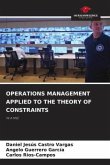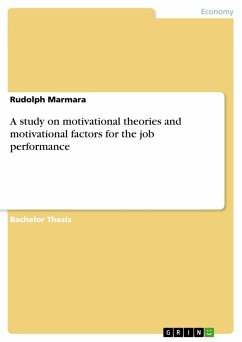Seminar paper from the year 2014 in the subject Business economics - Operations Research, grade: 12 = A, Copenhagen Business School (Department of Operations Management), course: Strategy making and value creation by using intangible assets, language: English, abstract: This synopsis aims at applying a number of Intellectual Capital (IC) theories and respective models to the company Gore Tex. Gore Tex, as discussed in the INSEAD case study by Franco et al. (2003), is a company that was founded in 1969 by Bob Gore after the discovery oft he isolating properties of expanded polytetrafluoroethylene (ePTFE) materials. This micro porous polymeric film is bonded to a wide range of shell fabric in the textile, cable isolating and medical industry. Liquid water cannot penetrate these pores, but moisture from perspiration can escape.First, the synopsis draws on the paper by Marr (2008) on managing IC to identify key intellectual resources following the five-step management approach. The competitive advantage that can be generated through the use of social capital as stated in the paper by Rumelt (2011) continues the analysis of theoretical concepts and models applied to the Gore Tex case. The key concepts of the Rumelt (2011) paper are further investigated by applying it to the VRIO model by Barney (1995) and its discussion of it by Probst et al. (1998). Furthermore this synopsis uses the SECI model as originally introduced by Nonaka (1991) and picked up by Mouritsen and Larsen (2005) in their paper on the second wave of knowledge management. One example from the Gore Tex case was then implemented in the Kaplan and Norton (1996) Strategy Maps framework to illustrate its practical implications. Finally the learning ladder model by Ciborra and Andreu (2002) completes the analysis of this particular case and synopsis.All these models, frameworks and theories emphasize their practical relevance and applicability and support the notion of a systematic approach towards the management of IC.
Hinweis: Dieser Artikel kann nur an eine deutsche Lieferadresse ausgeliefert werden.
Hinweis: Dieser Artikel kann nur an eine deutsche Lieferadresse ausgeliefert werden.








